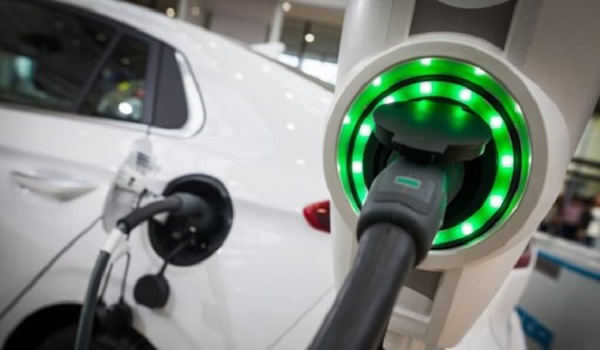The Quantum Glass is a low-cost, nonflammable, high-capacity, rapid-charging solid-state battery and it has the potential to revolutionize the transport industry.
Modern living has become too complex and stressful, so an increasing number of people believe that going off-grid is the way to go. While taking this route is not an easy decision to make, people like becoming self-reliant, staying away from society, and returning to nature.
The advancement that caused an intense excitement to investors, tech industry enthusiasts, auto manufactures, the solar industry, oil execs, and many others, will surely make going off-grid much easier!
It has been estimated that the novel glass battery electrode could potentially revolutionize the transport industry.
It is called Quantum Glass, and it is a new battery concept that is said to be able to power an electric car for 1000 miles and to take only sixty seconds to charge.
What’s more, this new battery that uses glass as a key component is said to be able to withstand tens of thousands of cycles before it degrades!
It was developed by John Goodenough, an active professor at the University of Texas, and Maria Helena Braga, professor of engineering at the University of Porto in Portugal.
Goodenough is also a part winner of the 2019 Nobel Prize in Chemistry as a co-inventor of the lithium-ion battery that is the go-to power source for electric cars and energy storage.
According to researchers, by “spiking” glass with either sodium or lithium to form an electrode within the battery, this new technology provides three times the energy storage capacity of comparable lithium-ion batteries.
Furthermore, their innovation is not flammable nor volatile and does not display issues of lithium dendrite growth.

It was initially described in a 2016 paper published in Energy and Environmental Science, and its patent application has been activated on behalf of the LNEG (National Laboratory of Energy and Geology) in Portugal, the University of Porto, Portugal, and the University of Texas.
The team published another paper in 2018 to explain the technology which claims “a charge/discharge cycle life of over 23,000 cycles” and Professor Braga has said it charges in “minutes rather than hours”.
Professor Goodenough claims that it can finally break through the price barrier that obstructs the uptake of electric cars:
“I think we have the possibility of doing what we’ve been trying to do for the last 20 years. That is, to get an electric car that will be competitive in cost and convenience with the internal combustion engine.”
It has been reported that the innovation is now moving into the commercialization stage of development with Canadian electric utility Hydro-Quebec.
Karim Zaghib, head of the Centre, explained that “Hydro-Québec was the first company to work on true lithium batteries in 1979”, and it worked with Prof. Goodenough in 1996 as well, on the commercialization of the LiFePo4 battery.
When asked about the timeline, Zaghib estimated:
“For the next two years, we do research and development to prove the concept and to scale the materials.”
So, our near future looks bright!


